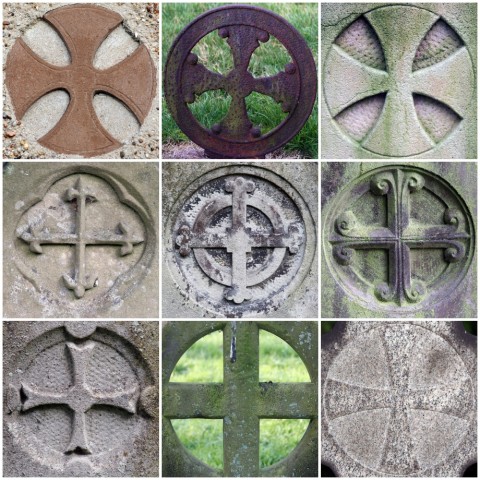Why can't we just get another cross?

When I walk into a space, I automatically imagine how it can be more aesthetically pleasing. As a pastor, my brain often kicked into action: Asbestos tiles and white carpet? We might as well put a sign up that says, "No children allowed." We could surely replace these yellow fiberglass windows with stained glass. We need to paint this wall.
When I actually verbalized bits of my internal dialogue, I was always surprised to hear a robust defense. There seemed to be something more going on than just the inability to change the decor. It took me a while to understand the layers of meaning that each item held. And it took me a long time to realize what was happening in the minds of the defenders.





